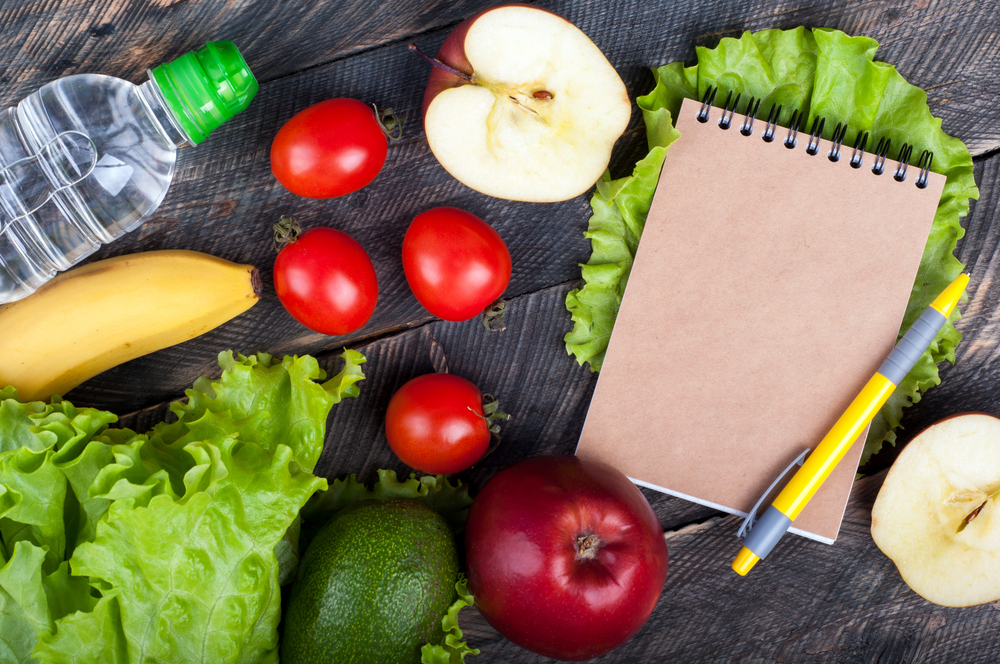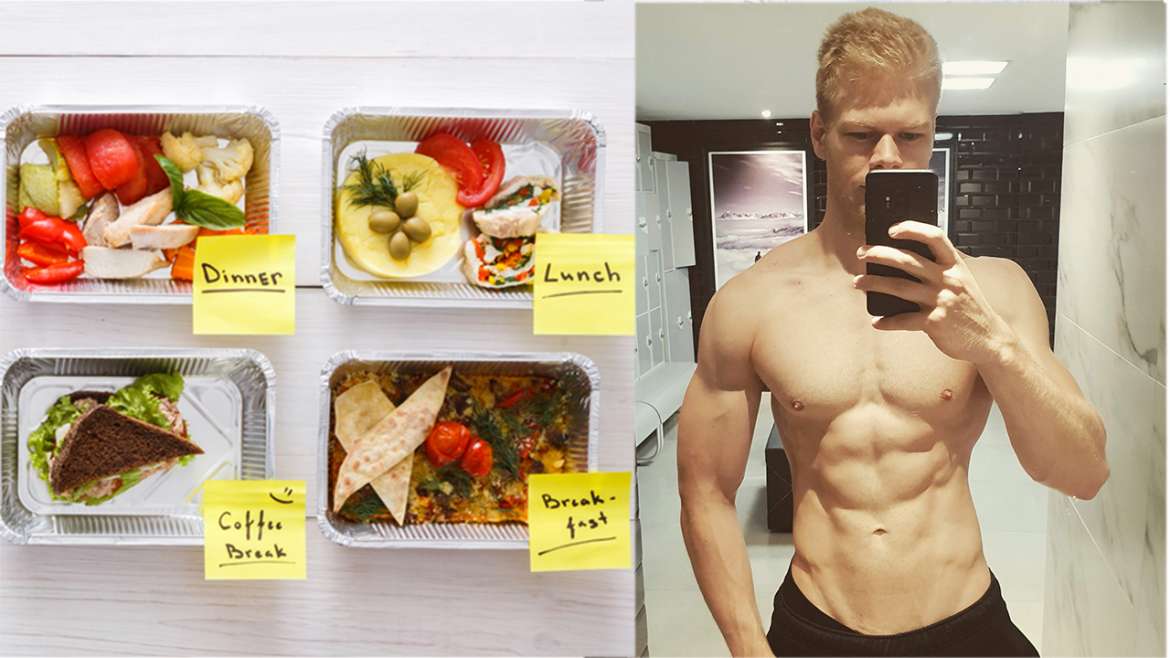If you want to lose weight but are new to meal planning you are probably extremely confused. Every fitness coach out there recommends a different diet. Some say you should cut carbs, some say you should do intermittent fasting and others say you should go vegan.
No wonder most beginners are overwhelmed by all these different approaches. That’s why as a beginner it’s important you build your first meal plan around the proven basics and only once have done that, take the next step and go with a more complicated diet.
So what are the basics?
Where should you start with your weight loss meal plan?
What you have to understand is that hunger is the most common reason people give up on dieting. So our number one goal is to eliminate hunger or at least reduce it to the point where it doesn’t bother you much. Losing weight without hunger is possible, but you have to know what you are doing. So let me show you how.
Eat More Protein
First, and this is crucial, eat more protein. Protein does wonders to satiety. By eating more of it, for example through eggs, lean meats or high protein plant foods like beans and soy, your hunger levels will be reduced quite a bit.
Not only that but protein is also very important for building and maintaining muscle mass when you are dieting. Unfortunately, many beginners eat way too little protein and that’s why they often lose not only fat but also muscle. This makes them look kind of weak and flabby. You probably know this as skinny fat. Now, if you don’t know how much protein is enough check out my post on the ideal protein intake.
Go With High-Volume, Low-Calorie Foods
These foods will occupy more room in your stomach and make you full, but because they are low in calories they don’t make you fat. Good options are foods like broccoli, cauliflower, lettuce or cucumber.
You can eat massive amounts of them and still lose weight. That’s because they are high in fiber and water. The water gives them more volume and the fiber is digested more slowly, which also keeps your hunger in check.
When setting up my meal plan, what I like to do is to combine these vegetables with some sort of protein. That way you can eat a lot, the meals are healthy and you will lose weight.
For example, one super easy meal is to take a vegetable mix (you can use the frozen vegetables you get at the supermarket) and add some beans and chicken. Season everything with curry or just normal pepper and then you’re good to go. It tastes good is perfect for weight loss and will make you full.
Adjust Your Meal Sizes To Your Hunger
Most people aren’t very hungry in the morning. So if you want to lose weight it makes sense to keep your breakfast small or in some cases to even skip it. The biggest diet myth out there is that breakfast is the most important meal of the day. That’s not true and as long as you get all the nutrients your body needs with your other meals, breakfast isn’t more important.
Eating less in the morning will allow you to eat more at lunch and dinner. So if you aren’t very hungry in the morning take advantage of that and just keep your breakfast small. I usually go with just a banana and a protein shake.
Now, of course, this rule doesn’t apply to everyone and some people need a larger breakfast. Just make sure to eat larger meals when you are most hungry and smaller ones when you are less hungry.
And that’s pretty much it. These are the 3 basic steps to make a fat loss meal plan. Eat more protein, stick to high-volume, low-calorie vegetables and eat when you are most hungry. Once you have those down you will already see great results. Of course, there other things like pre and post workout meals or supplements.
But as a beginner you want to keep it simple and go step by step. Start with the tips in this post and then you can build your meal plan further.



